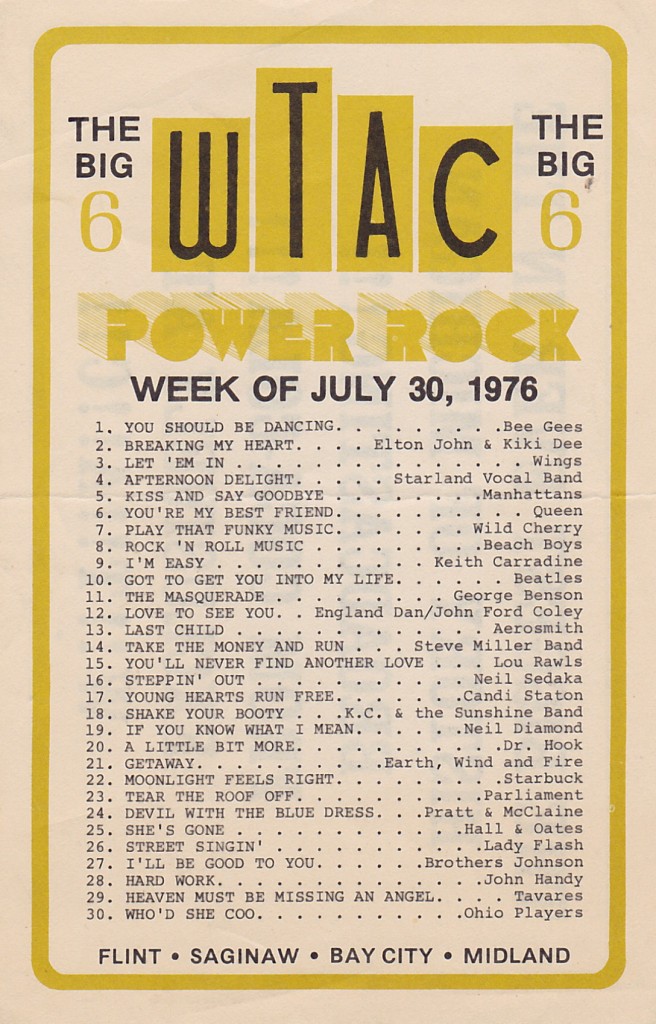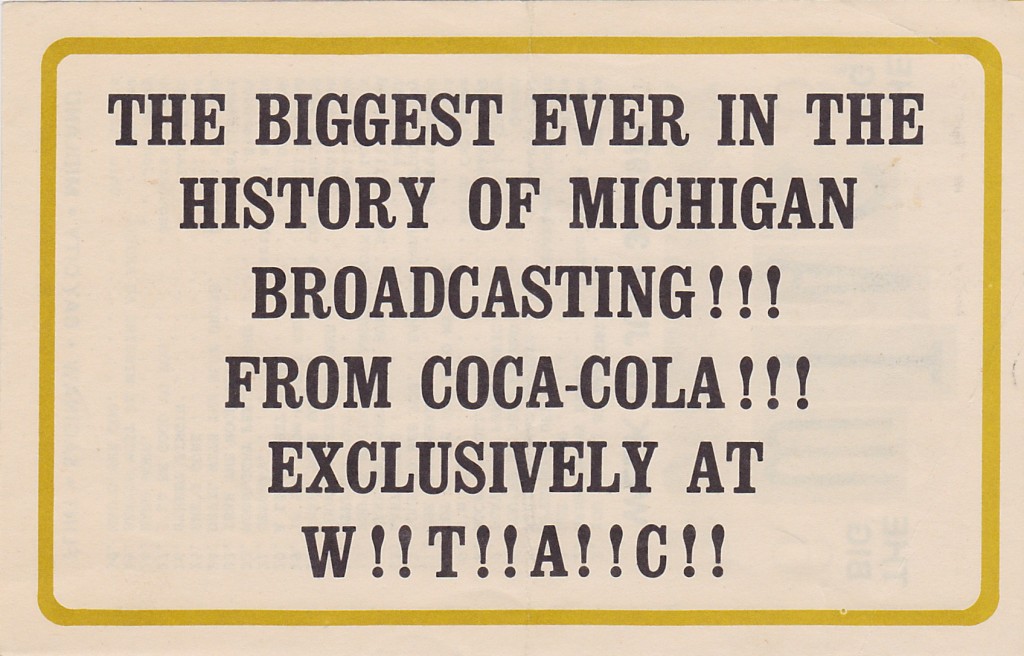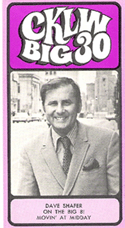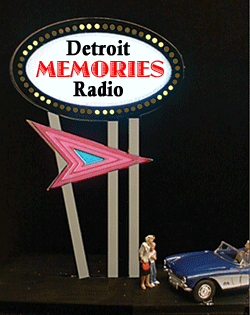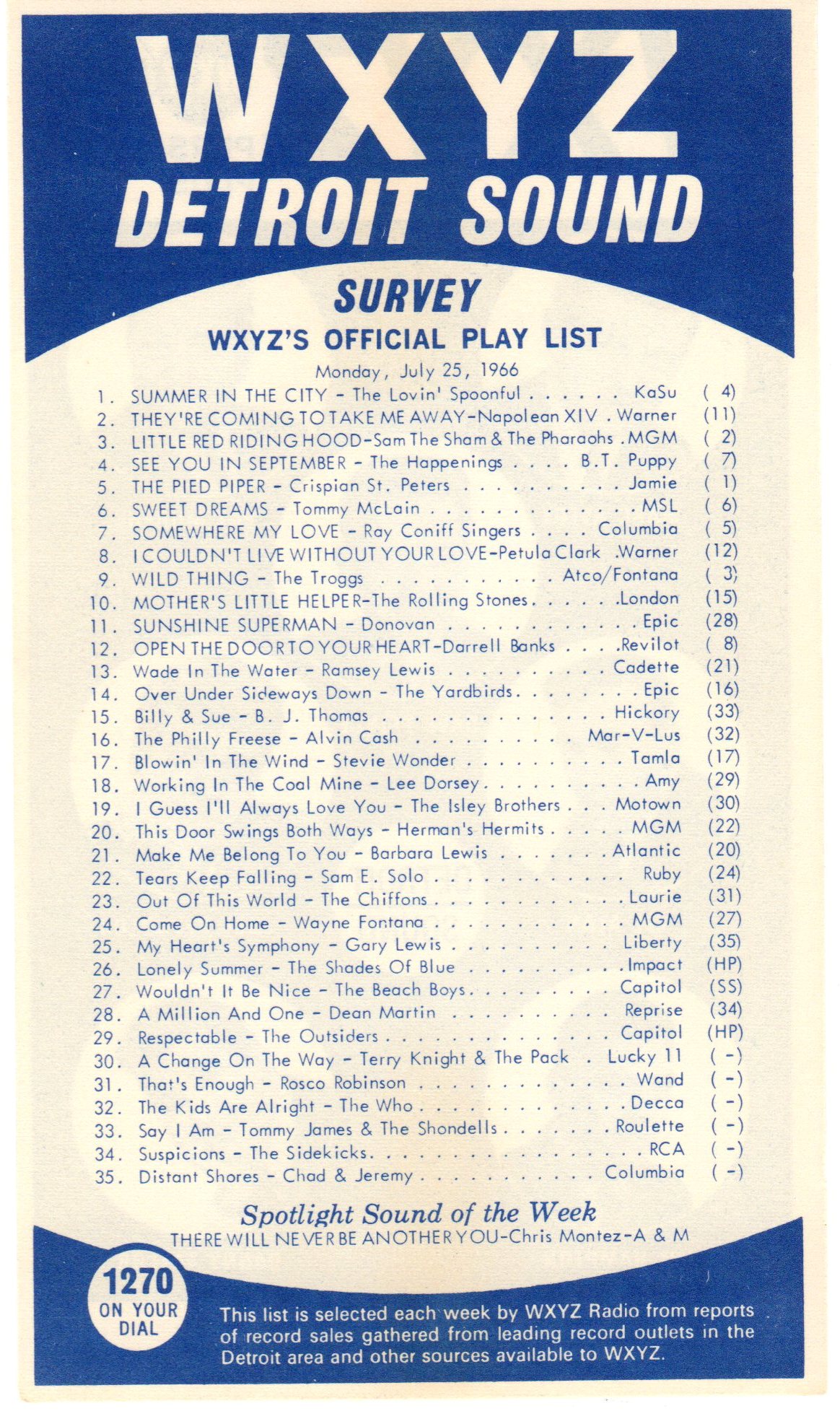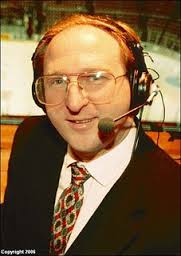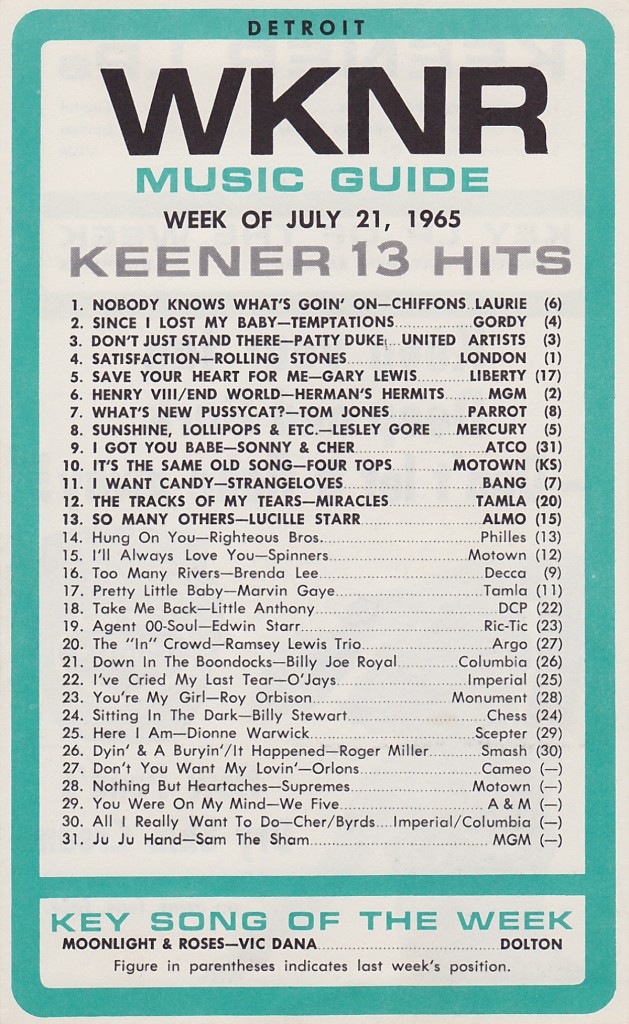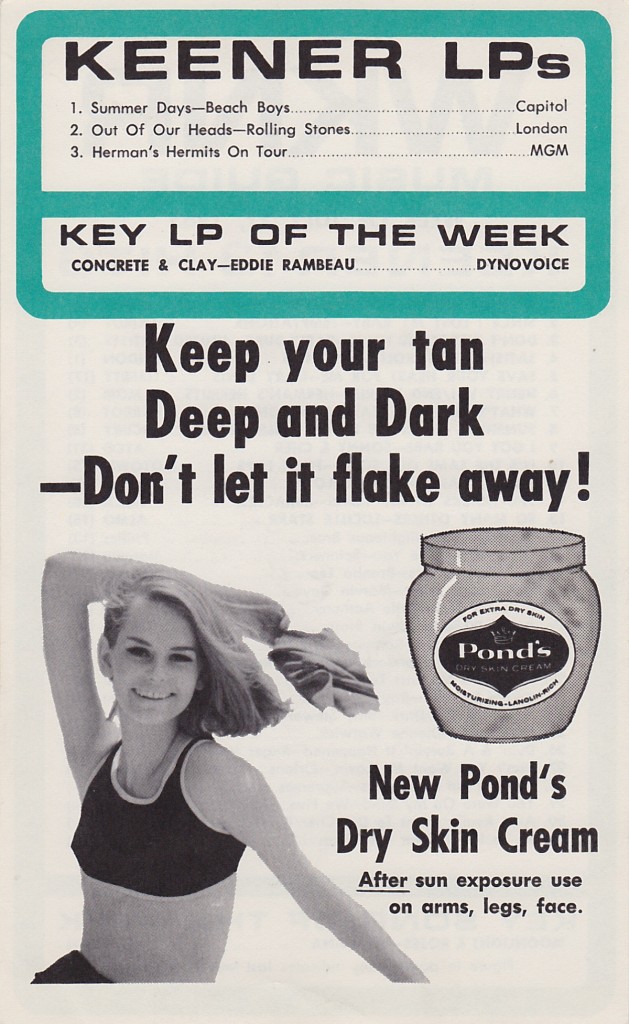 From the MCRFB news archive: 1984
From the MCRFB news archive: 1984
Windsor FM Outlet to Easy Listening, AM to Nostalgia; 45 Cut from Staff
DETROIT — While no official word had been released at press time, the rumblings across the river in Windsor, Ontario have changes — and plenty of them — coming from CKLW/CFXX.
Word is that 45 of the station’s 75 employees are no longer with the border outlets, which are set to be switching formats, including longtime music director Rosalie Tromley, who had served in that capacity since CKLW’s influential heyday in the ’60s.
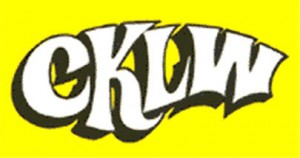 The moves come on the heels of two developments: CKLW/CFXX’s sale from Baton Rouge Broadcasting to CUC Ltd. (Billboard, September 22), and the subsequent announcement from the Canadian Radio-Television & Telecommunications Commission that it would be flexible in the handling of the stations in Windsor.
The moves come on the heels of two developments: CKLW/CFXX’s sale from Baton Rouge Broadcasting to CUC Ltd. (Billboard, September 22), and the subsequent announcement from the Canadian Radio-Television & Telecommunications Commission that it would be flexible in the handling of the stations in Windsor.
The CRTC regulations, involving such areas as format restrictions and Canadian content requirements, were long held responsible by many observers for CKLW’s faltering ratings. The CRTC’s rigid guidelines, including the banning of Top 40 on FM, were said to have led in part to Baton’s sale.
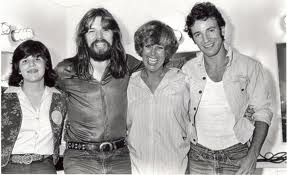
Prior to that transaction, Baton had planned to take nostalgia-formatted CFXX in a Top 40 direction as “The Foxx,” only to reassess those plans when assured the license would be in jeopardy.
With the lifting of the restrictions, it was assumed that plans for that switch would again be underway. But the surprising word amidst the flurry of firings had the FM nostalgia programming moving to to the AM operation (now transitioned from top 40 to AC), with CFXX-FM adopting a compatible easy-listening approach. END.
(Information and news source: Billboard; October 27, 1984).
![]()
